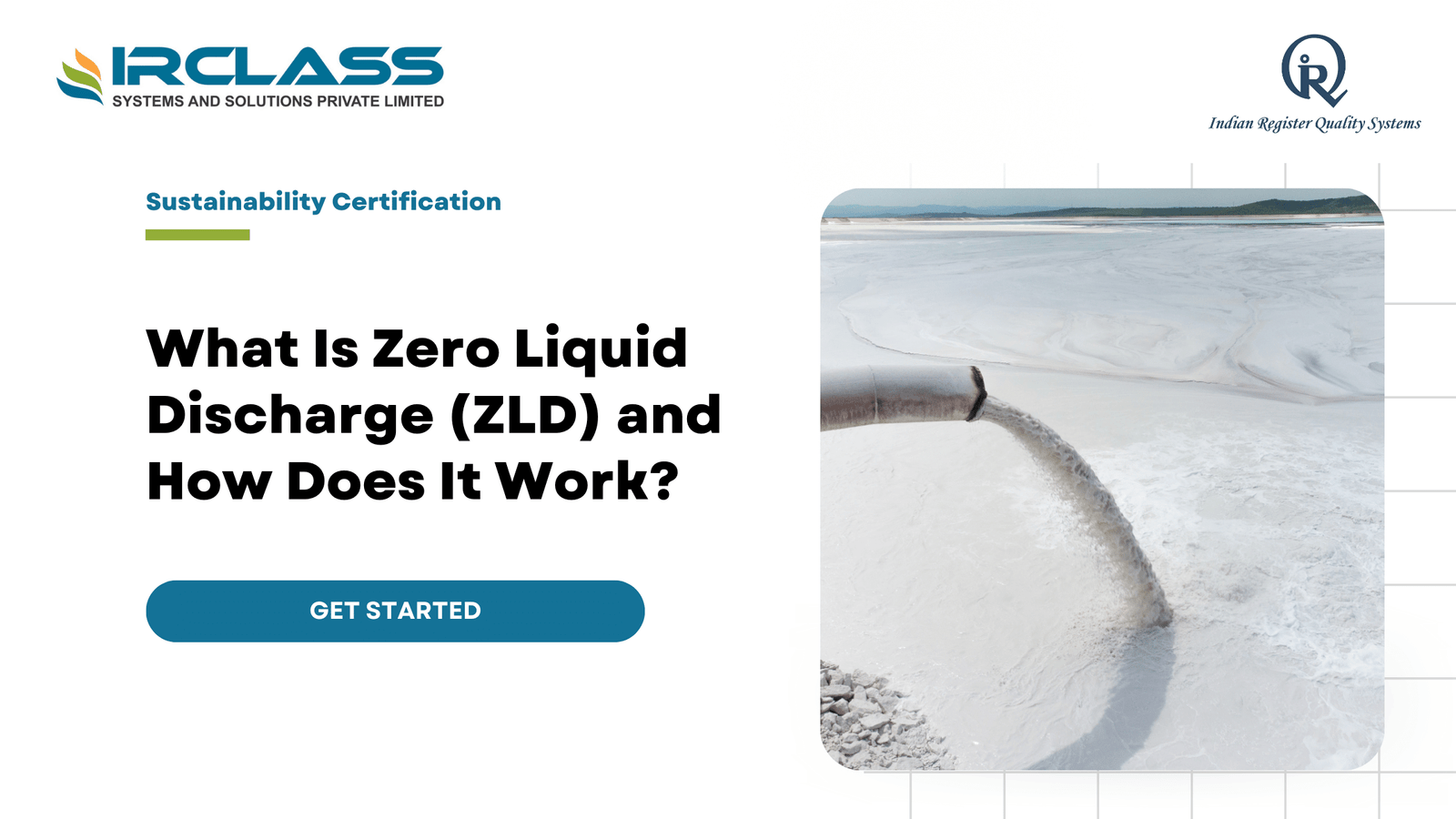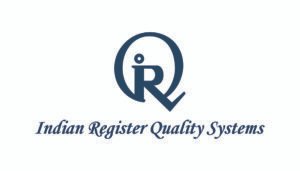Tag: ISO 14064
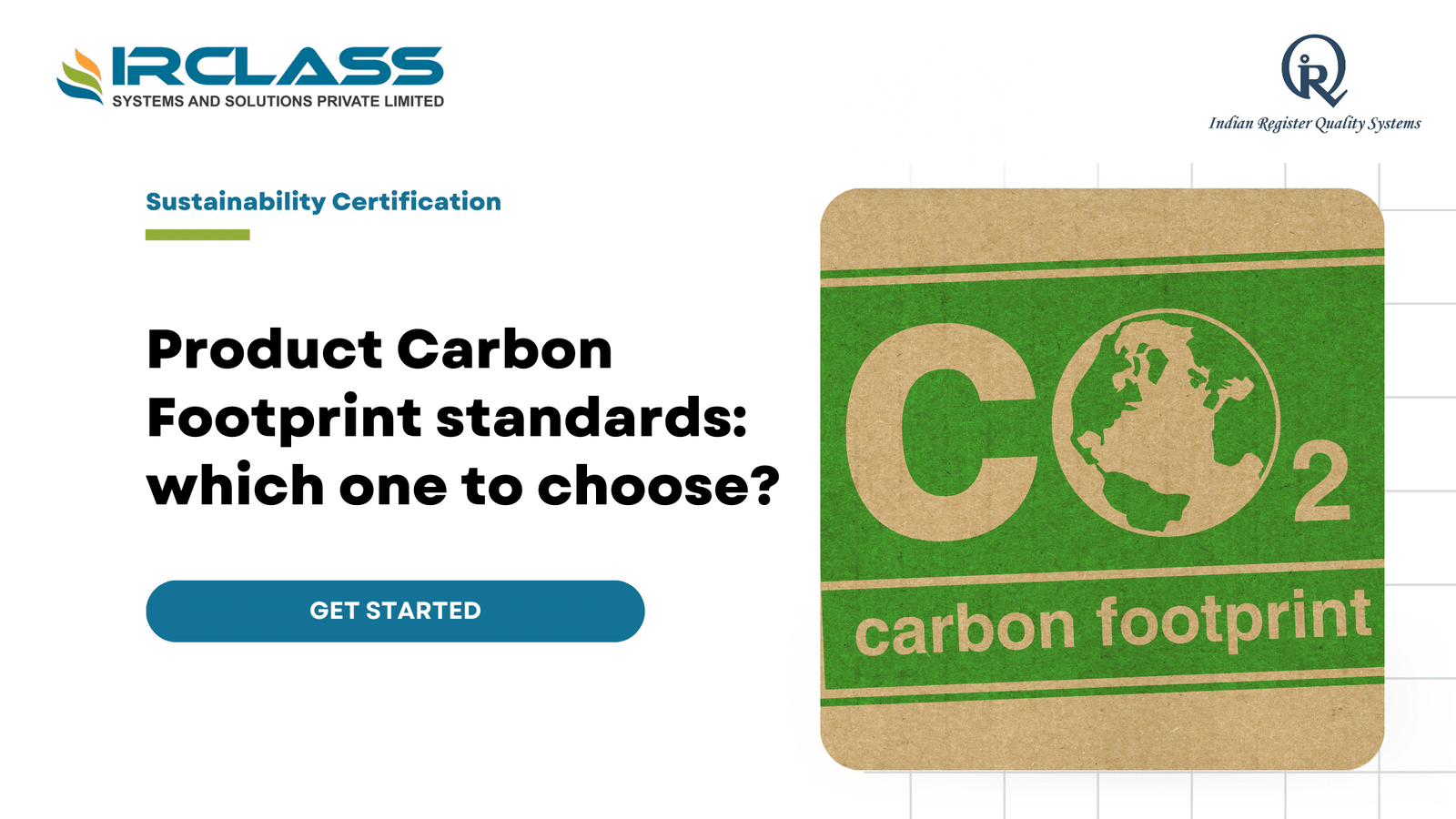
PAS 2050 vs ISO 14067: Which Carbon Footprint Standard Should You Choose?
Carbon footprint standards assist organizations to quantify the climatic impact of their products. However, it is confusing to select the right standard. The two most well-known are PAS 2050 and ISO 14067. Both are applied to measure greenhouse gas (GHG) emissions of products and services. However, they pursue different approaches and have different objectives. When you are attempting to develop a credible carbon reduction plan or substantiate climate-related claims, the standard you select is important. It influences the way you gather data, compute emissions, and report findings. It also influences the acceptability of your numbers by regulators, buyers and auditors. What Is PAS 2050? PAS 2050 is a Publicly Available Specification developed by the British Standards Institution. It was first published in 2008. The goal was to provide a consistent way to measure the life cycle GHG emissions of goods and services. PAS 2050 focuses heavily on product life cycles. It looks at all the stages from raw materials to disposal. That means it’s useful for companies in manufacturing, agriculture, and retail. If you need to assess the carbon footprint of a physical product, PAS 2050 gives you a structured approach. It’s also commonly used in supply chain projects. When a company wants to reduce emissions in its value chain, PAS 2050 helps identify where those emissions come from. What Is ISO 14067? ISO 14067 is an international standard that came later. It was published by the International Organization for Standardization in 2018. It builds on earlier standards like ISO 14040 and ISO 14044, which cover life cycle assessments (LCAs). ISO 14067 focuses specifically on the carbon footprint of products, but it’s designed to be globally consistent. It includes clear guidelines for how to quantify and communicate GHG emissions. It also provides rules on how to handle data gaps, uncertainty, and system boundaries. This standard is more specific in certain aspects, particularly documentation and third-party verification. It is frequently applied when companies must comply with global supply chain demands or when carbon claims will be third party audited. Key Differences Between PAS 2050 and ISO 14067 The two standards have a lot in common. Both follow a life cycle approach. Both include upstream and downstream emissions. Both allow cradle-to-gate or cradle-to-grave assessments. But they differ in scope, depth, and acceptance. Which One Should You Choose? The decision is based on your objective. PAS 2050 is sufficient when you are interested in product-level carbon footprinting of local supply chains or internal decision-making. It’s simpler to implement and works well for organizations just starting with carbon footprint analysis. But if you’re planning to disclose your carbon footprint in international markets or through ESG reports, ISO 14067 is the better choice. It gives you stronger documentation and global recognition. It’s also easier to integrate with other ISO systems you may already be using. If you’re preparing for third-party assurance or carbon labeling, ISO 14067 is often preferred by certifiers. That’s because it has clear documentation rules and aligns with other ISO verification methods. Industry Use Cases for Each Standard Various industries have various standards depending on the operations. PAS 2050 is common in agriculture and food. It is straightforward, product-oriented, and acceptable to buyers in food supply chains. In building, ISO 14067 is applied to environmental product declarations (EPDs). In automotive and electronics, where international trade is an issue, ISO 14067 is more prevalent. It assists firms to have consistency among countries and suppliers. In consumer goods, both standards are applied depending on whether the company is reporting locally or globally. If you operate in a sector with high ESG standards, such as finance or infrastructure, ISO 14067 provides greater alignment with sustainability reporting and investor reporting. How the Two Standards Handle Emissions Data Both standards require accurate GHG data, but the way they manage that data is different. PAS 2050 allows for more assumptions. That’s helpful when data is hard to get, but it also means the results may be less precise. ISO 14067 demands better data quality. It also requires companies to state how they dealt with uncertainty. This is useful when the carbon footprint will be audited or published. In practical terms, ISO 14067 needs more time, effort, and technical resources. But it delivers a more robust and transparent footprint calculation. Carbon Reduction and Communication Both PAS 2050 and ISO 14067 help companies to reduce emissions. ISO 14067 offers more open directions on reporting outcomes. In order to communicate publicly, e.g. that a product has a 30 percent lower carbon footprint, you will have to comply with more rigorous communication requirements. PAS 2050 allows claims too, but they may not always meet international expectations. If you plan to use product labeling, marketing materials, or ESG disclosures, ISO 14067 is safer. It supports consistent and verified claims that reduce greenwashing risk. Which Standard Supports ESG Reporting Better? ISO 14067 integrates more easily into ESG reporting frameworks. It supports the kind of traceable, third-party verified data that auditors and investors expect. If your goal is to align with TCFD, CDP, or CSRD disclosures, ISO 14067 fits better. PAS 2050 is useful for internal assessments and supplier engagement. But it may require extra effort to convert the results into ESG-ready formats. ISO 14067 offers a cleaner path from measurement to disclosure. Cost and Complexity PAS 2050 is quicker and less expensive to use. It is appropriate to SMEs or companies that want to take a first step in carbon accounting. ISO 14067 is more time-consuming and labor-intensive, but it is worth the investment in the long-term perspective in case you want to be compliant, report, and certify. The price variance usually varies with the scope of the project, internal capabilities and whether you are doing in-house analysis or hiring a consultant. Either way, the most costly option is the one that fails to satisfy your reporting or verification objectives. Conclusion Both PAS 2050 and ISO 14067 assist organizations to measure and manage their carbon footprint. The correct option is based on your

ISO 14064: Greenhouse Gas Emission Validation and Verification
Sustainability is no longer just a buzzword, it is a must have business imperative given that all forces impacting our lives are rapidly changing. One of the most pressing challenges organizations today are facing is cutting greenhouse gas (GHG) emissions in order to slow the impacts of climate change. ISO 14064 is where it comes in. ISO 14064 is an internationally recognized standard adopted by the International Organisation for Standardization (ISO), with its principle and requirements defined for quantified, reported and verified GHG emissions. This offers a total framework for organizations bent on accelerating the process of confirming their environmental impact and guaranteeing sustainability. ISO 14064 is divided into three parts: In Part 1 GHG emissions and removals are addressed at the organization level, Part 2 relates to GHG projects at the project level, and Part 3 for validation and verification of GHG assertions. People need this part 3 for their businesses because it provides a step by step process to assure that their GGH data and claims are accurate and true under the very regulatory environment we work within today. What is Greenhouse Gas Validation and Verification? Validation and verification are two separate activities, but closely interlinked ones, which are critical to the accuracy of greenhouse gas (GHG) emissions data. Greenhouse Gas Validation is the task of determining whether a GHG project or initiative is appropriate to go ahead with. It allows the project emissions reductions or removals to be realistic and possible. Second, Greenhouse Gas Verification is post implementation, as an independent body reviews and verifies reported GHG emissions or reductions. This is a critical step because it confirms that the organization’s claimed or expected performance lines up with the real performance. These processes are not merely checking off the regulatory box; they guarantee transparency, reliability and accountability in how organizations communicate their environmental footprint. In order to minimize risk of greenwashing (the act of exaggerating or lying about your environmental efforts) and heighten stakeholder trust, proper validation and verification is important. It allows companies to demonstrate credible, verifiable GHG performance. Why ISO 14064 Matters? Relevance of ISO 14064 goes beyond environmental protection. As we become increasingly aware of the damaging impact of climate change across the globe, more and more businesses, governments and organizations are under scrutiny to act with responsibility. ISO 14064 is a structured, auditable process that helps companies show that it is serious about improving environmental performance and reducing its carbon footprint. Although ISO 14064 is a technical standard, it is also a tool for achieving the competitive advantage. More and more, investors, consumers and regulatory bodies are turning towards companies who prioritize sustainability. ISO 14064 indicates an organization’s commitment to transparency and shows that the organization wants to take steps to increase long-term sustainability and will take measures to enhance its reputation. Additionally, ISO 14064 can play a vital role to applicable companies aspiring to join the carbon trading markets or take advantage of the relevant tax incentives related to emission reductions. Steps in GHG Validation and Verification GHG validation and verification under ISO 14064 is a rigorous and systematic process, requiring robust and credible GHG data. The steps involved typically include the following: This first step was the definition of the boundaries that measure the GHG emissions. For an emissions audit it involves what sources of emissions to consider, direct emissions (or from owned or controlled sources) and indirect emissions (from purchased energy or goods or services). A clear scope defines which areas you’re looking into and how extensively you should assess them. In this phase organizations collect GHG data, such as emissions from different sources, energy consumption and relevant metrics. ISO 14064 serves as a roadmap for how these emissions can be calculated and recorded in a consistent, and transparent way. Reliable results are only guaranteed if the data has been collected accurately. Organizations are validated before any verification can take place. The organization’s plan and data collection methodology are assessed by independent experts to see if they are faithful with ISO 14064’s standards. This also means that the GHG emissions claims are plausible and achievable. An independent third party during the verification process audits the collected data. They look at the organization’s calculations of emissions, their data sources and the monitoring systems that ensure accuracy. Verification body then issues a report containing its findings of any discrepancy and then whether the organization’s GHG emissions are in alignment with the reported data. Upon verification, the organization can compile a final report outlining its GHG emissions performance, verified by ISO 14064. This report can be used for internal review, regulatory filing or public disclosure. Each of these processes need to happen for a GHG emissions strategy to be effective and transparent. This structured approach should be followed without which the risk of the wrong emissions reporting increases and credibility also reduces. How Organisations Benefit from ISO 14064 Compliance? Complying with ISO 14064 isn’t only about fulfilling a regulatory requirement. If they adhere to this standard, it will help organizations enhance operational effectiveness overall, minimize use of energy and therefore decrease operation costs. Tracking and reporting of GHG emissions enable businesses to spot inefficiencies in their processes and to act accordingly. Furthermore, ISO 14064 compliance contributes to reducing an organization’s environmental footprint. Today, consumers and investors alike are choosing more wisely, with many times favoring brands and businesses to be living up to the sustainability or the sense of sustainability. Publicly verifiable GHG emissions and reductions also build a company’s trust and loyalty with stakeholders. It also enables them to access global carbon markets. These markets trade carbon credits, which give businesses financial incentive to successfully cut their carbon emissions. Carbon trading can not only improve a company’s bottom line, it can also advance a broader effort to curb climate change. Finally, compliance limits the risk associated with future environmental regulations. A growing trend to be ISO 14064 compliant enables companies already following the standards to better fulfil governments’ climate policies and
Search
Useful Links
Recent Posts
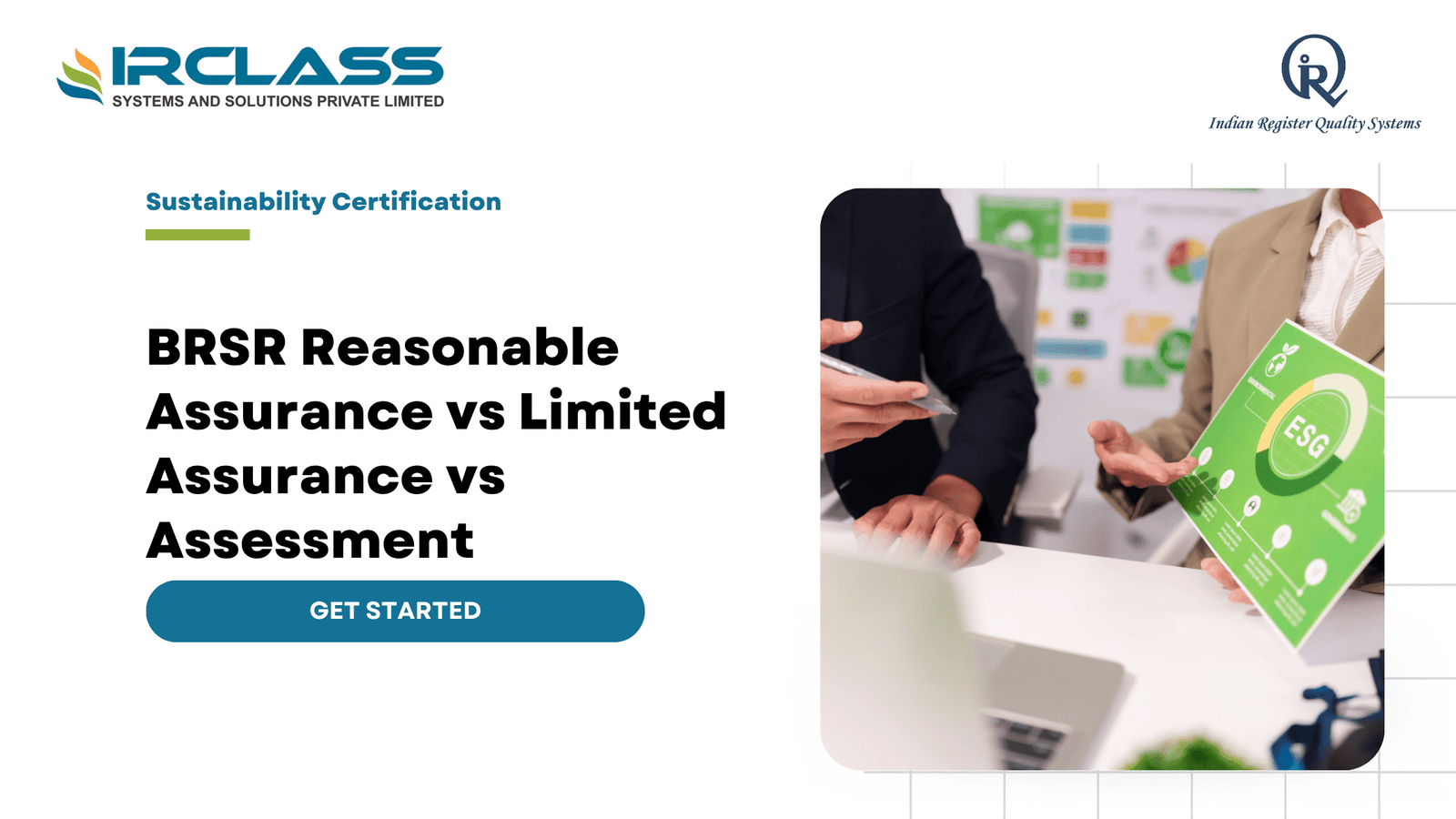
BRSR Reasonable Assurance vs Limited Assurance vs Assessment
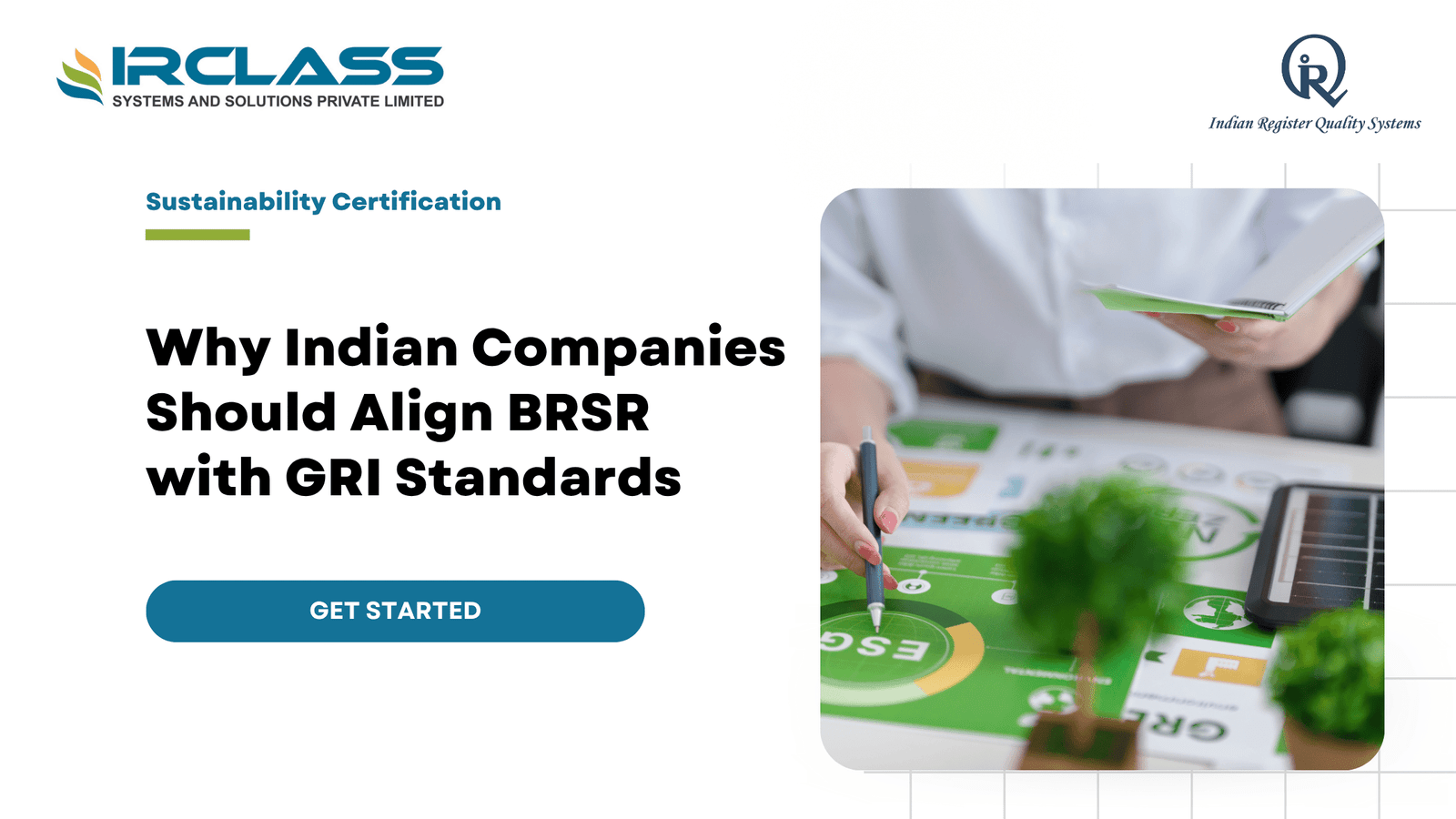
GRI Reporting and SEBI’s BRSR: Building Credible ESG Reports for Indian Companies
